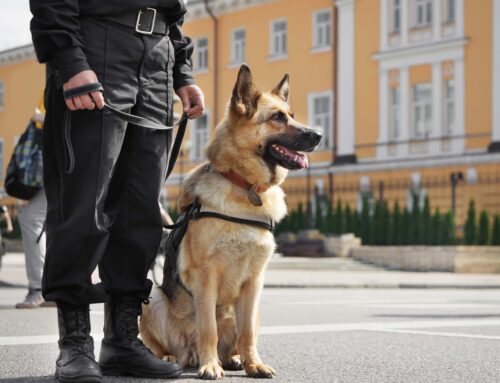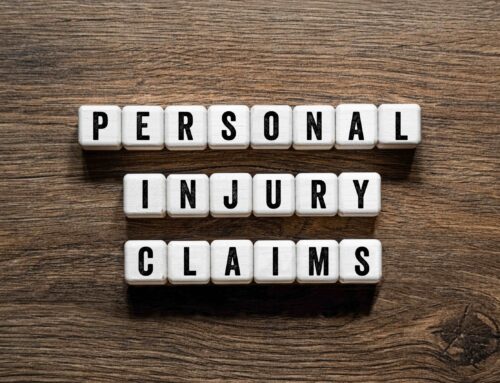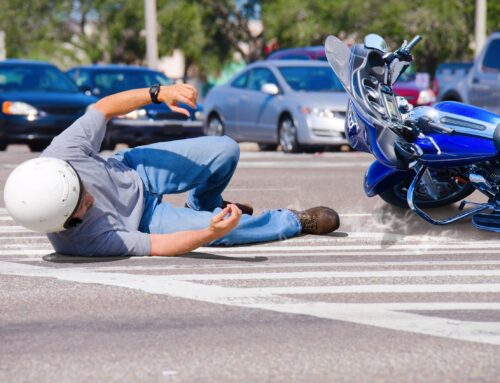Autonomous cars have become old news with autonomous motorcycles entering the modern scene of vehicle technology. Recently, big-time companies Ducati and BMW have introduced partially self-driving motorcycles: the Multistrada V4 S and the R 1250 RT. These bikes and their advanced safety features are changing the way of the road for motorcyclists, but raising questions all the same.
Are autonomous motorcycles safe?
If a self-driving motorcycle causes an accident, who is at fault?
How do autonomous bikes work?
Let’s cruise for answers, one ride at a time.
BMW R 1250 RT
The BMW R 1250 RT has automatic driving features that are accessed via its 10.25-inch TFT (Thin Film Transistor) screen located between the handlebars.
The primary autonomous feature of this motorcycle is the ACC (Active Cruise Control) driving assistance system. With the push of a button, the driver can set the speed and desired space between the bike and any vehicles ahead of it.
How does it work?
There’s a radar sensor at the front of the motorcycle that tracks your speed and following distance. Essentially, the ACC system uses this data to determine if it should slow down or speed up to maintain that following distance. The ACC system has two other control features as well.
- DCC (Dynamic Cruise Control) maintains speed selected by the driver, similar to cruise control features seen in cars. It functions within the range of 9 mph and 127 mph.
- The Curve Control feature automatically reduces speed at curves in the road. It accomplishes this by sensing how much the motorcycle is leaning at an angle. As the lean angle widens, this feature limits the dynamics for braking and accelerating.
Ducati Multistrada V4 S
The Ducati Multistrada V4 S has even more automatic and semi-automatic features designed for safe driving.
- The Adaptive Cruise Control is similar to the BMW R 1250 RT’s Active Cruise Control. However, because the Multistrada has radars installed on the front and rear of the back, it maintains distance between vehicles behind the rider as well as the ones ahead.
- The Multistrada radars also utilize blind spot detection.
- Minimum Preload is a semi-automatic feature that controls the electronic suspension. This means that the driver can adjust the height of the motorcycle for high traffic scenarios if the rider needs to stand with the bike as traffic inches forward.
- This motorcycle also includes driver assistance technology systems including ABS Cornering, DQS, DWC, and DCT.
Are They Safe?
The BMW R 1250 RT and the Ducati Multistrada V4 S in particular were both rated five stars by MCN. Overall, the safety features included with autonomous motorcycles have the potential to reduce the risk of getting into a motorcycle accident.
However, these motorcycles are only as safe as the person driving them. No matter what the level of autonomy is on any vehicle, the driver must be paying attention in case intervention is needed. Technology isn’t perfect, so don’t depend on it entirely to prevent a motorcycle accident or personal injuries.
Who’s at Fault?
Even in a self-driving vehicle, drivers are responsible for keeping their eyes on the road at all times. If a motorcycle accident occurs and could’ve been reasonably prevented through the driver’s intervention, the driver will most likely be considered at fault. However, there are also circumstances in which the vehicle manufacturer or another driver can be held responsible if said party acted with negligence or recklessness, causing the accident.
If an accident occurs on the state line between Kansas and Missouri, determining who is at fault and acquiring compensation for accident incurred personal injuries can get tricky. Kansas is a no-fault state, which means that regardless of who is at fault, the personal injury victim will be compensated by their insurance. Personal injury victims in Kansas can only file a lawsuit against the other driver if their injuries meet the state’s standards.
Missouri on the other hand is a fault state. This means that the driver found to be at fault must pay the damages. If both parties are deemed at fault for the motor vehicle accident, the state’s pure comparative fault law comes into play. This means that each party pays the other the percentage of damages that align with the degree of fault. For example, if driver #1 is 90% at fault and driver #2 is 10% at fault, and the damages come to $100,000, driver #1 will pay driver #2 $90,000 dollars.
If you’ve been injured in any type of motor vehicle accident, you’re going to need a skilled personal injury attorney on your side to fight for the compensation you deserve. Contact us today for an initial consultation where you’ll receive free legal advice from an experienced Kansas City lawyer near you.







